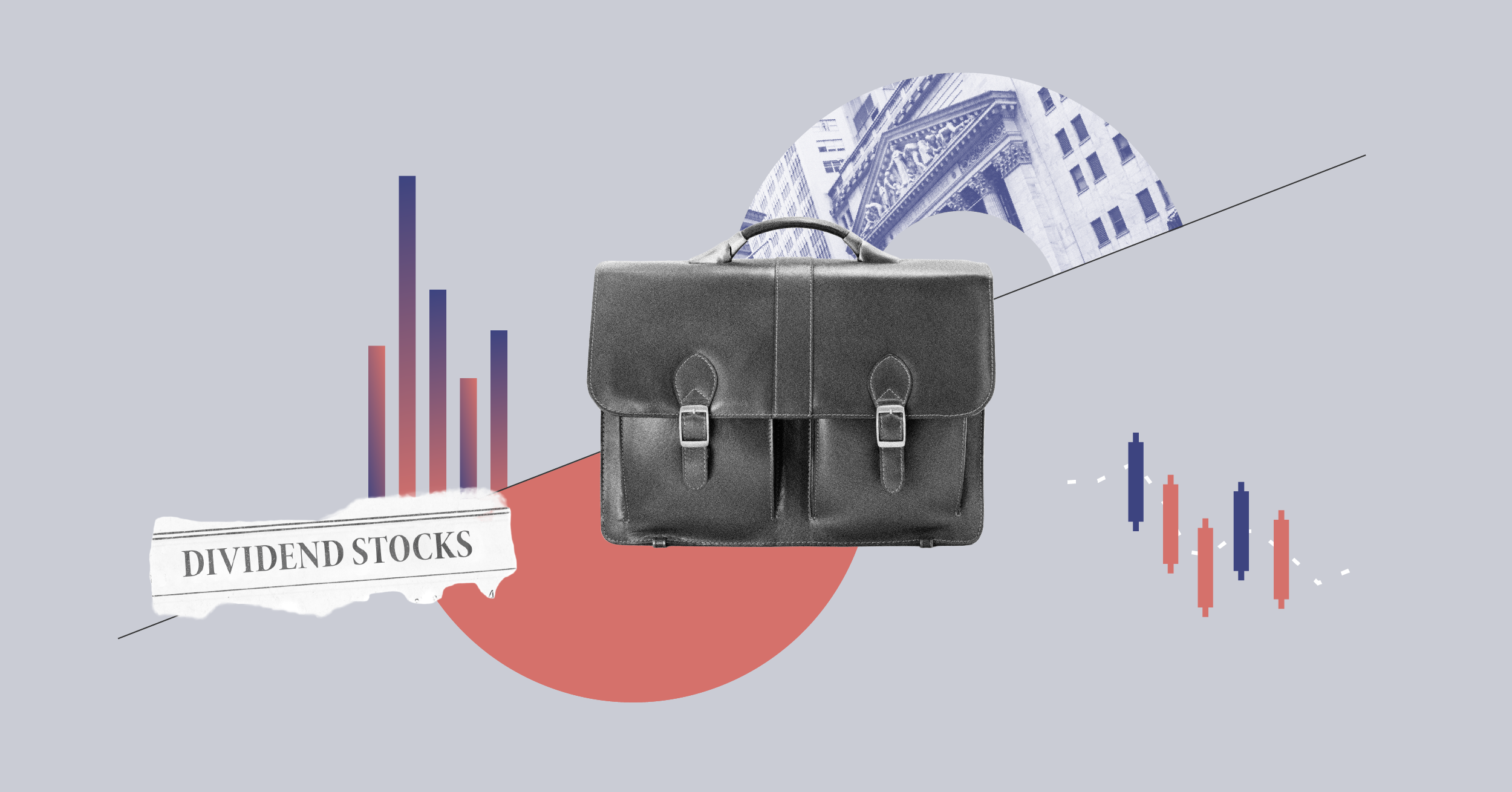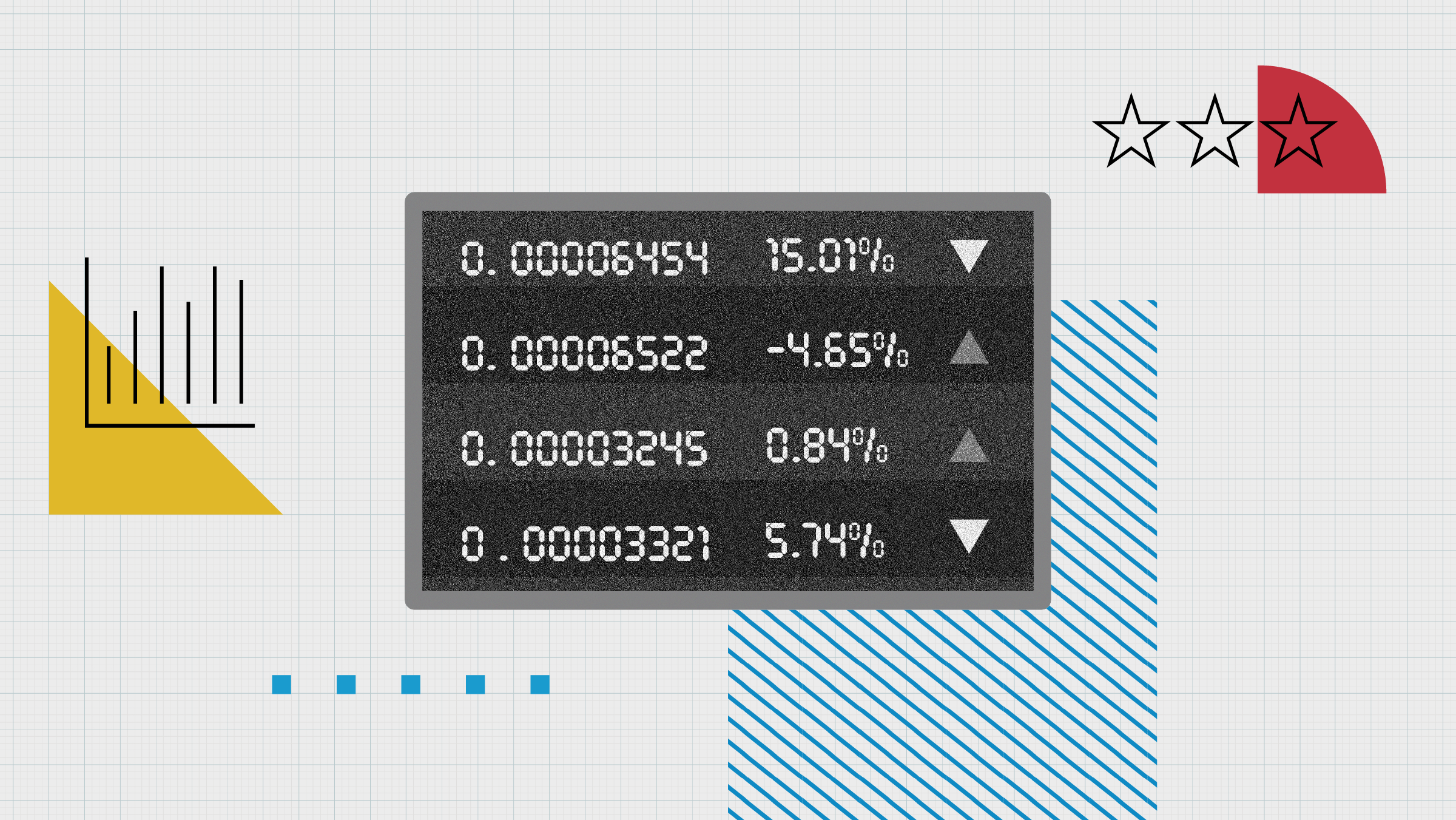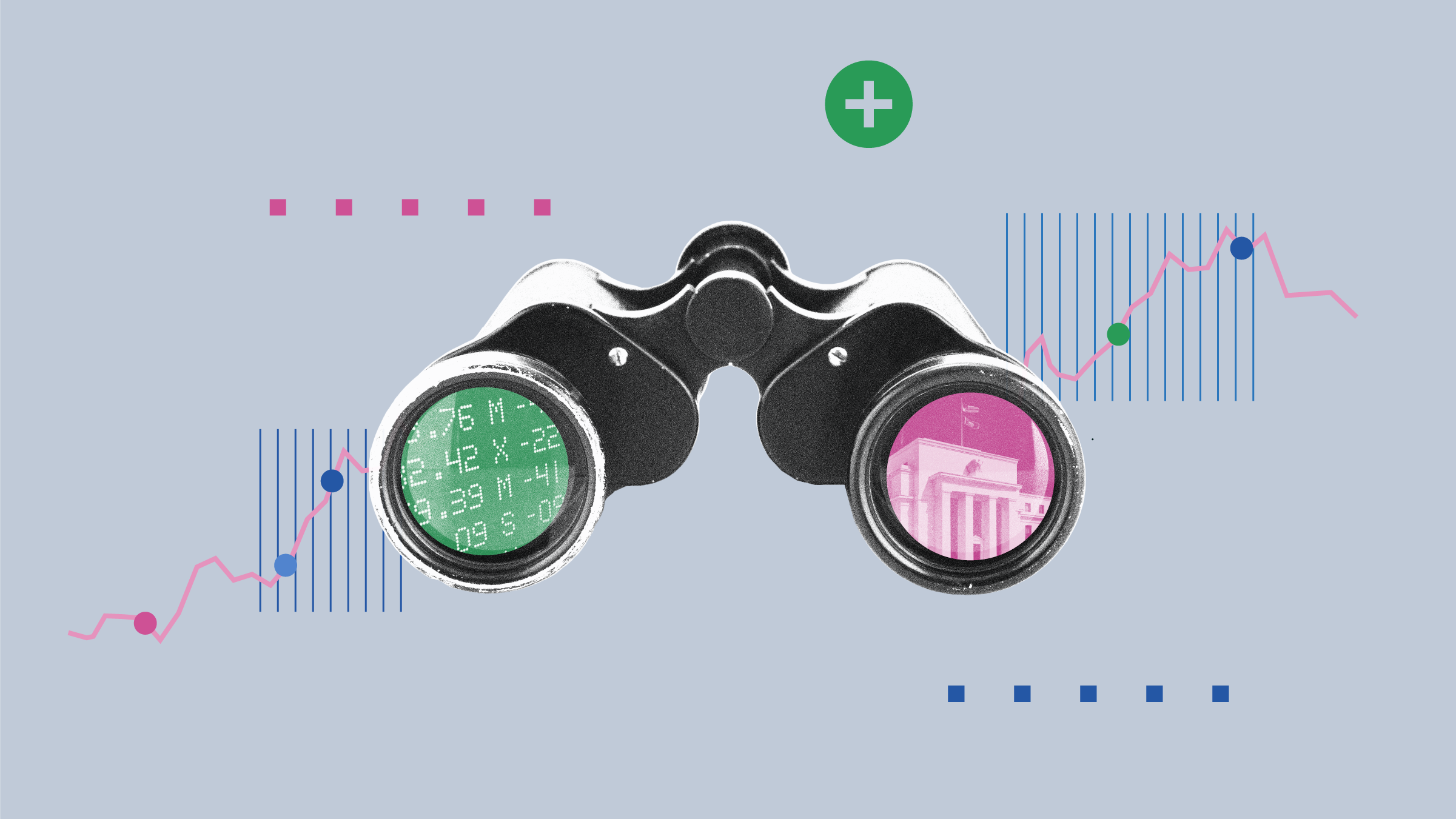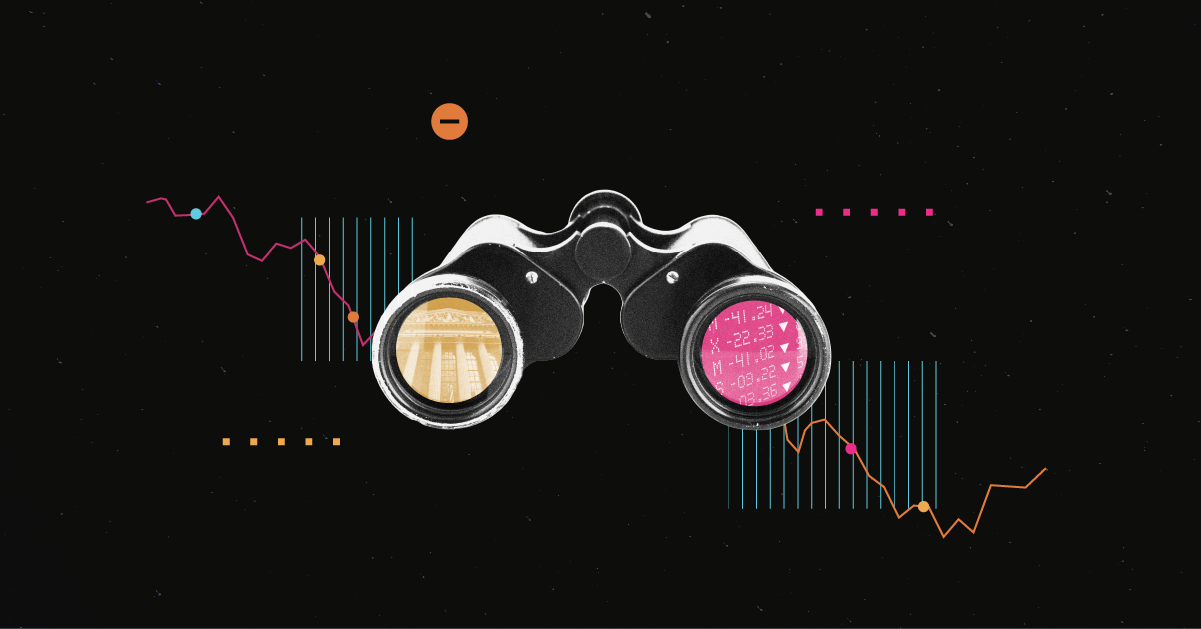
Declines in retail sales all through 2023 have caused observers to worry that consumers in Canada are “retrenching.” Could this trigger the highly anticipated recession?
Not really, believes Sal Guatieri, senior economist and Director at BMO Capital Markets. “In Canada as well as in the U.S., it’s not so much that consumers have pulled back, but they are slowing down,” he observes. In both previous years, he notes, consumption grew at a fast clip of 5% in Canada and 2.5% in the U.S. “Now, the rate should slow to about 2% in both countries,” he adds.
Preston Caldwell, Chief U.S. Economist at Morningstar shares a similar outlook. “It's true the jump in July retail sales signals that a rebound in consumption growth is likely for the third quarter, he notes, but we still expect consumption growth to slow after that as households become more cautious, so the outperformance of services over goods will likely cease within the next year.”
Indeed, services led the consumer bonanza in 2022 and 2023, but “as of the second quarter of 2023, real services consumption is 1.4% below its pre-pandemic trend,” Caldwell adds.
Canadian consumers Are in Better Shape than Retail Sales Indicate
In Canada, the picture on the services side is a bit different, highlights Derek Holt, Vice-President and Head of Capital Markets Economics at Scotiabank Global Economics. He claims that Canadian consumers “are in better shape than retail sales indicate.” Sales of services stand at about 15 percentage points above durable and non-durable goods sales.
“Retail sales volumes have been listless for a long time now, Holt explains, but the volume of total consumer spending has been rising at a decent clip throughout the past couple of years. The gap is largely explained by the rotation toward services spending.”
Holt’s reading is only an educated estimate because, he points out, “retail sales (as recorded by Statistics Canada) don’t capture any of the great rotation toward services spending. That’s a uniquely Canadian thing. The U.S., by contrast, seeks to include at least some of this type of spending, for example, spending at eating and drinking establishments.”
Interest Rate Increases Are Starting to Pinch
A few factors explain increased consumer shyness. Of course, there’s “the big increase in rates in the past 18 months in both countries,” says Guatieri, who also points to the greater weakness of Canadian consumers. “They have more debt and higher debt service costs, so they’re more sensitive to rates. Household debt (as a percentage of revenue) was at a record high before the pandemic, and it’s still close to that record high.” In June, the debt-to-revenue ratio stood at 180.5%, according to Statistics Canada.
In the U.S., “excess savings are almost depleted”, Caldwell says, a claim that Guatieri echoes concerning Canada, but with a twist: “Canadians still have savings, he notes, but they’re using them to pay down debt.” Americans are still waiting to get to that point: “In excess to dwindling excess savings, Caldwell adds, a pullback in consumer credit growth is also likely to weigh on consumption.”
Don’t Expect a Recession – Yet.
So, consumption is slowing, but it doesn’t spell catastrophe. On the contrary, the outlooks of both economists are quite reassuring. “Consumer spending should stall for the next quarters, but we don’t expect a recession, Guatieri says. It confirms a soft landing rather than a traditional recession.”
Caldwell also expects a soft landing, and his perspective on inflation is even more encouraging, with an unexpected twist: “Aggressive capacity expansion across many areas could turn widespread shortages into gluts within a few years, he believes. Combining these factors with monetary policy tightening, we expect inflation to drop to 3.6% in 2023 and average just 1.8% over 2024-27.”





:quality(80)/cloudfront-us-east-1.images.arcpublishing.com/morningstar/6ZMXY4RCRNEADPDWYQVTTWALWM.jpg)



:quality(80)/cloudfront-us-east-1.images.arcpublishing.com/morningstar/DSZYYKGIYFHBRCV5ODLKEA4PWU.jpg)










